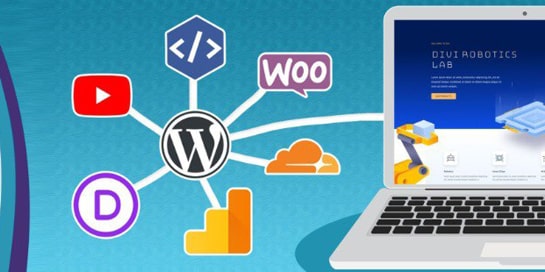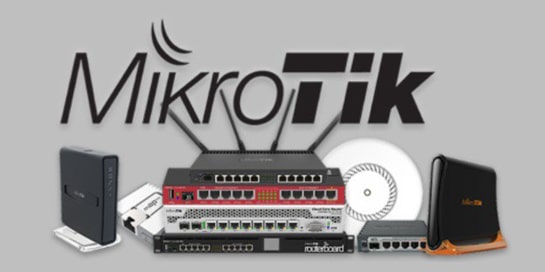
When creating a website, the future owner is important to immediately decide on a platform for its management, with which it is easy to maintain the web resource and if necessary to add, edit or delete content and special plugins without having a deep knowledge of programming and HTML layout. In this review, let’s analyze the main types of CMS, their pros and cons, as well as for which projects they are suitable.
Why do you need a CMS?
Any digital resource, be it a website, online store or mobile application needs to fill and edit content, change the interface, connect third-party services and analyze the work. Performing all of the above operations by making changes to the existing code is very costly and requires deep knowledge of web resource development. Therefore, most often to manage the content of the site used standard CMS – content management systems, due to which the administration of the site and any work with it is simplified many times. With the help of CMS owners of small sites can even independently edit the content using a convenient interface and absolutely without delving into the program code.
If we consider the main advantages of CMS, we should emphasize:
- simplicity of content management and administration;
- the ability to work without knowledge of program code;
- a wide range of plugins for various tasks and themes for the design of resources;
- flexibility and scalability;
- functionality.
Choosing the optimal content management system for the future web project, first of all, you should consider such criteria as the type of site (blog, online store, corporate portal), budget for its creation and maintenance, technical nuances, SEO and marketing. In addition, you should pay attention to the speed of development, flexibility of functionality, support costs, security and scalability.
To make it easier to deal with this issue let’s analyze the most popular CMS and the features of their application.
WordPress
This CMS is a universal solution and is suitable for content management on most modern sites. Blogs, business resources, business card sites, lendings, online stores and many other digital products can work on this system.
Speaking of the advantages of WordPress can be emphasized simple and intuitive interface – even beginners will be able to add articles and change the design on their own, a huge library of plugins and extensive community support. It should also be noted the presence of free, advanced functionality, with the help of which you can solve almost any problem. And constant free updates of the product and the ability to edit the code of templates independently make this CMS very popular even among experienced developers.
Among the main disadvantages of WordPress highlight the lack of an official support service, limited basic capabilities, the presence of a large number of plugins and themes with errors. In addition, when using a large number of installed extensions, a decrease in performance can be observed here.
This platform is the optimal solution for launching projects of any scale. And even taking into account some limitations in the configuration of complex functions, WordPress is a universal tool for the implementation of both startups and large web resources.
Joomla
Joomla is characterized by flexibility, in view of which it is more often used for corporate sites, educational projects, resources with a complex structure. As its advantages stand out:
- availability: the system is absolutely free;
- ease of installation: it runs “out of the box”;
- open source code, which can be edited;
- advanced functionality: multilingualism, user management, adaptability;
- suitable for sites with a large number of sections (e.g. universities).
Among the limitations it is important to note:
- difficulty of mastering;
- sites based on it are worse indexed by search engines;
- difficulties in updating products.
The main advantage of Joomla is the openness of the code, which gives almost limitless possibilities in its application.
Prestashop and Magento
These content management systems are used to build online stores of different orientation. For these purposes, all the necessary tools (blocks for ordering products, shopping cart, description, item editor) that are necessary for online commerce are provided here.
Prestashop is justified to use for the development of small and medium-sized online business. This CMS is characterized by easy customization, free basic version, simple integration with payment systems. However, for the realization of larger projects it is not suitable, as it has limited scalability.
Magento has a more powerful engine, provides support for thousands of product positions and can be customized for any task. This management system easily solves the problem of expansion and is suitable for large marketplaces and brands. However, for the development and support of online store on the Magento platform can not do without servers with high performance and experienced developers.
That is, when you plan to develop a small store (up to 1000 items), the best option will be Prestashop. Whereas Magento is an option for large and network marketplaces.
Opencart
For aspiring internet entrepreneurs, niche online stores and connoisseurs of simple solutions, the Opencart platform will be a great option. The pros of this e-commerce platform are quick launch, intuitive order management panel, built-in modules for SEO and analytics. The cons include limited functionality for complex scenarios and a small set of ready-made solutions.
An example of using Opencart would be a store selling handmade products or farm products.
WHMCS
A specialized CMS that is tailored for hosting providers. Most often it is used by companies that provide hosting services and IT startups. Individual features of WHMCS are billing automation, customer support, server management, integration with cPanel, PayPal, Stripe. However, due to its narrow specialization, it cannot be used for other types of sites.
An example of using this CMS can be a hosting control panel with payment and reports.
Self-written CMS
When standard solutions are not suitable or it is important to have a unique project resort to the use of self-written CMS. In this case, the customer gets full control over the functionality and security of the platform, and can optimize it for unique tasks. But at the same time the cost of development and support of such a system is quite high.
When choosing a content management system, remember, sometimes it is better to pay for a ready-made solution than to redesign the site after years.


